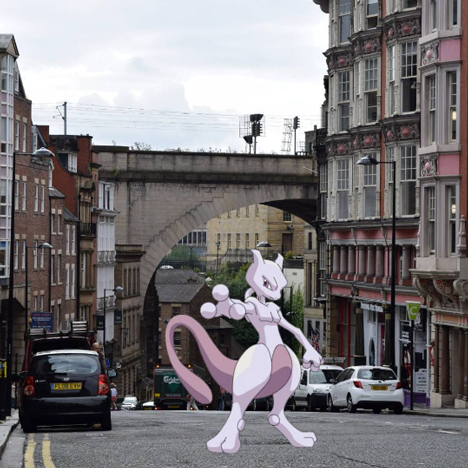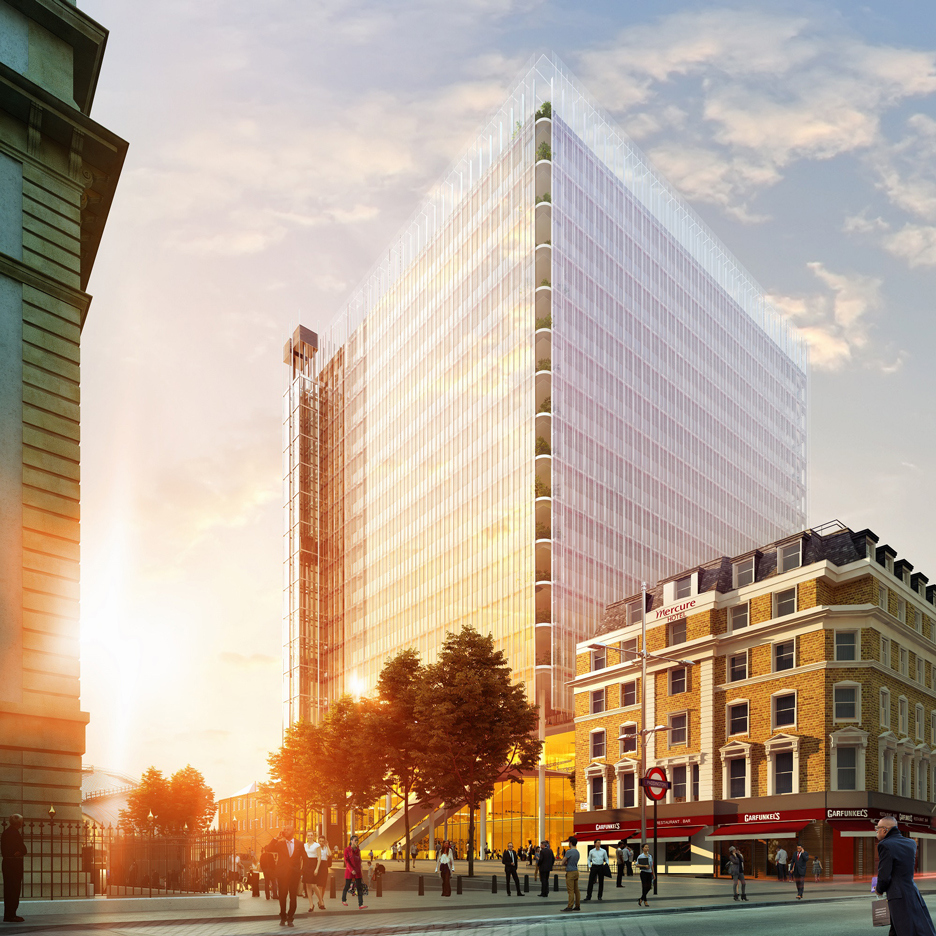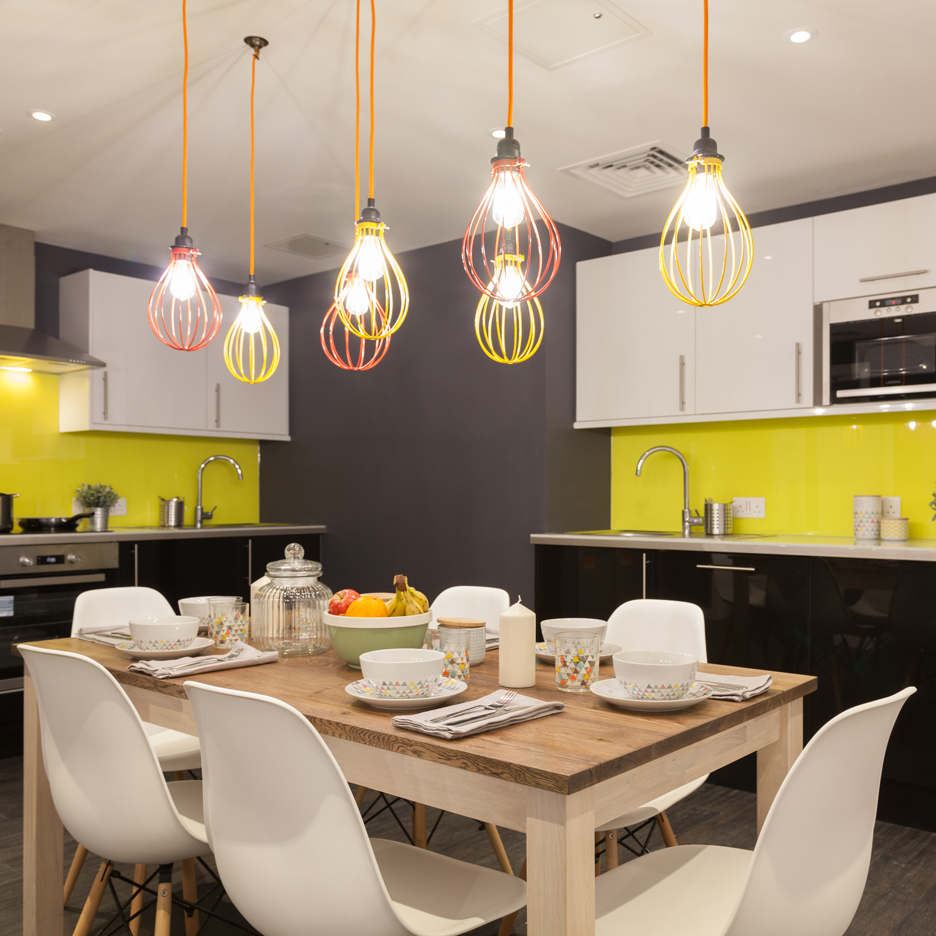
"How does one interact with cities when you are continuously looking into your phone?"
Comments update: readers are debating the merits of Nintendo's Pokémon GO smartphone video game, with some questioning its implications on the way people experience the built environment.
Pokémon no: the augmented reality game Pokémon GO, which overlays cartoon characters onto real-world locations using a GPS-based map, has won both fans and critics since it became a global phenomenon earlier this month.
"Fascinating implications, of which the superimposition of fiction onto the built environment seems to be vital," wrote TFO. "It's yet another example of ways in which we've become more interested in what's in our heads, rather than the world around us."
"How does one interact with cities when you are continuously looking into your phone?" asked Karan. "One interacts while travelling and observing surroundings. Pokémon GO is just a game like any other."
John, however, defended the game. "It encourages exploration and physical activity," he said. Have you downloaded Pokémon GO? Let us know what you think in the comments section »

Polar opposite: Renzo Piano has drastically reduced the height of his stalled Paddington Pole skyscraper in order to create a more modest proposal for London's Paddington site. The new design may have a less dramatic impact on the cities' skyline, but readers aren't convinced.
"Infinitely prefer the other one. This is dreary," wrote Manky. "People have got to stop being so scared of tall buildings."
"That might be the single most boring, apologetic building of 2016," agreed Chris MacDonald.
But not everyone agreed that bigger is better. "We need more warping and distortion with a hint of some ridiculous cantilever and crazy billion dollar budget to get excited...what a sad time for architecture," said Blink. Read the comments on this story »

Y me: the changing lifestyles of Generation Y will lead to a future where everyone is "homeless", according to James Scott, the chief operating officer of co-living start-up The Collective. His comments sparked controversy, renewing the debate about co-living in major cities.
"James Scott, you aren't inventing the future way of living, you're just riding the wave of the housing crisis," wrote Ossian Karlsson.
"In the future, we won't ALL be homeless," said Ralph Kent. "In the future the one per cent will own 99 per cent of the homes."
One reader pointed out that successful entrepreneurs still aspire to home ownership. "As soon as he starts to earn money with this hive he'll invest in his own house," wrote Ricky Sambora.
"Few people choose to rent because it's hip or groovy, rent is a result of financial limits," concluded Chad Sutter. Read the comments on this story »

You're hired: Central Saint Martins graduate Julius Breitenstein has created a device which performs the activities an intern would usually do in a design office. But what do Dezeen readers think of the Unpaid Intern machine?
"From the title I expected this to be a teasmaid," wrote Jack Oliver.
"More like a device to replace a Central Saint Martins design education," said JayCee. Read the comments on this story »
Main image is by Instagram user slugs_shots.